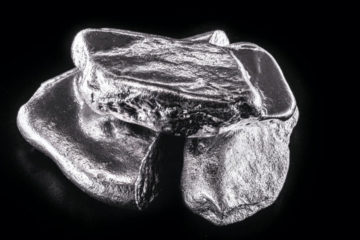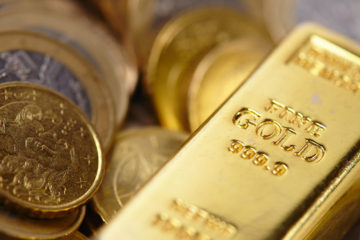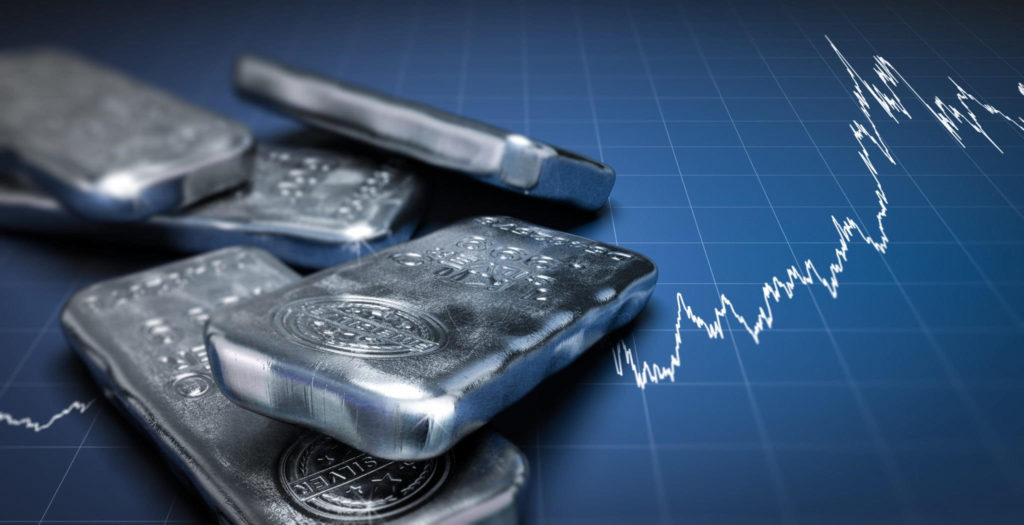
Alongside gold, silver once backed almost every currency ever made. Today, silver is seen by many as an investment, and a good one at that. This got me thinking, should you really invest in silver? Is it actually that good?
We recently wrote a similar article about whether or not you should invest in gold, which (sort of) has the same premise.
Reasons to Invest in Silver
There are several reasons as to why you should invest in silver, these include:
Diversification
As investors, we are always looking for ways to spread around our money in a way that protects us regardless of the economic climate. To most, this is known as diversification.
If your portfolio consists of stocks, bonds, real estate etc. it’s generally considered to be quite well diversified. This is because even if the stock market crashes, your bonds and real estate will still be worth the same.
However, if you wanted to make sure that your portfolio was extra diversified, you might want to consider investing in a relatively cheap precious metal. Perhaps this metal might be silver?
After all, stocks, bonds and real estate are all good for diversification reasons, but when a recession or market correction comes, they’re all affected. One goes down, and within a few months, they’ve all gone down.
However, in a recession, or generally whenever stocks, bonds and real estate are down, people tend to turn to precious metals like silver for security. From here, you could sell the silver at a higher price than you bought it for!
With this, however, you’ll also need to be aware of overdiversification. At times, investing in too much (or perhaps too little) silver can actually harm you more than it can help you!
Cheaper Than Gold
When people talk about investing in precious metals, gold is most people’s go-to metal of choice, mostly because it’s so well known. However, once you do some research, you will actually realize that gold is extremely expensive!
As of the time of writing, gold is selling for about $60 per gram. This makes it one of the most expensive elements on Earth, and perhaps an unviable investment for many small time investors.
To many of these investors, silver is probably going to be more viable in the long term, due to it costing only $0.80 per gram (as of the time of writing).
Due to silver being cheaper than gold, you can purchase a 500 gram bar of silver for roughly the same price as you’d pay for only one gram of gold! So, if you’re trying to build up a visually appealing collection, this may be the way to do it!
As a result, silver is a bit more useful. Let’s say that your emergency fund was invested in silver. Then, you need to pay a bill of $100. An ounce of gold sells for $1,800, which is rather impractical in this situation.
Instead, you could sell 150 g of silver for roughly $100. This is much more practical in the long run!
Performs Better Than Gold
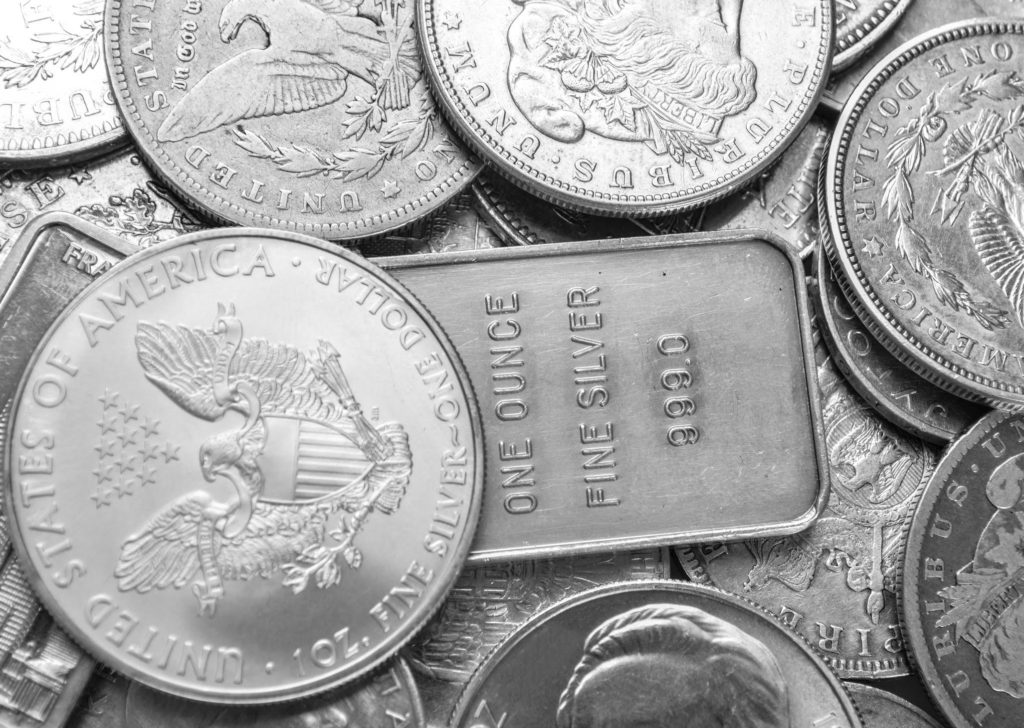
Yes, gold may be the more expensive of the two elements, however, in terms of percentages, silver is the stronger element.
During bull markets, both gold and silver are down. People tend to sell their gold and silver in favor for stocks, real estate and bonds, which are currently making more and more money with each passing month.
Gold, being the more expensive element, often turns people way. So what do they buy? Silver. As such, month-on-month, silver increases by a few percentage points more than gold does.
For investors, this means that their rate of return will often be higher on silver than it is on gold. This makes silver a more attractive investment compared to gold, especially if you’re investing for the long-term.
In bear markets, gold and silver are up as they’re seen as better investments than stocks, real estate and bonds, which are all down. This causes an almost exponential increase in the value of both silver and gold.
However, as if like clockwork, the value of silver increases at a far greater rate than gold does. Just recently, the value of both gold and silver have increased exponentially, but silver has almost doubled in value.
In the same time, gold has increased in value by around 50%!
It’s Tangible
Of all the different types of investments you can have, be it stocks, bonds, real estate or whatever, how many of them can you physically touch? Other than real estate, I’m going to guess that your answer was “none”.
Historically speaking, stocks and bonds were issued through stock and bond certificates, which made them tangible. However, thanks to the internet, this can all be done electronically instead!
And this does help to make it quite safe, in the fact that you can’t set fire to them or lose them (as easily) anymore. However, this has brought its own set of issues, with the main one being hacking.
Silver, is a tangible asset, you can touch it, you can hold it, and if you so desired, you could throw it against a wall. Due to this, silver is also unhackable, after all, you can’t hack something with no technology in it!
Unlike many other tangible assets, silver is very difficult to set fire to. Unless you have a rather powerful furnace, no matter how much you heat it up, it will stay in the form you found it in!
Sadly, fake silver bars do still exist, sold on sites like eBay which don’t police it as much. However, techniques and technology have been developed to help bullion investors and dealers assess how pure the silver is (such as the scales!)
Several Forms
When you think about investing in silver, you probably imagine buying a silver bar (sometimes known as a “bullion bar”). And whilst this may be the most famous way of investing in silver, it’s not the only way!
The most common form of silver investing is through silver bars. Simply put, this is a bar of pure silver. These tend to come in denominations between 1g and 15kg (as well as in other units, like ounces).
Silver jewelry is also quite a common form of silver investment. Many people will buy a necklace, or a pair of earrings, or a bracelet made of silver (usually with rare gems or diamonds in them as well) to invest in silver.
Assuming that the gems/diamonds are of a large enough karat, and that the silver is pure enough, an investor may see larger returns than if they’d bought , say a silver bullion bar.
Then there’s also silver coins. Depending on the age of the coin, and how collectible they are, they may be between 50% pure silver and 92.5% pure silver (this latter point is mostly dependent on age as well!)
As such, if you can’t store a 1kg silver bar in your hiding place, safe or vault, you could quite easily have a silver necklace or an old roman coin worth just as much (if not more!) that takes up far less room.
Reasons Not to Invest in Silver
Despite there being so many good reasons why you should indeed invest in silver, there are also many good reasons not to invest in silver.
More Cumbersome Than Gold
Ok, let’s assume that you wanted to invest $10,000 in silver (for whatever reason). As of the time of writing, this would buy you a little more than 12 kilograms (roughly 26.5 lbs).
However, if you wanted to buy the same amount in gold, you’d have buy 164 grams of gold (roughly 5.8 ounces). As of the time of writing, both metals are experiencing large amounts of demand, and thus, higher prices.
Naturally, it’s harder to find space for 12 kg of silver, than it is 164 g of gold. There are several ways you can hide 164 grams of gold around your house, be it in a personal safe, under the floorboards or whatever.
However, it is much harder to hide 12 kilos of silver in these places. Most relatively cheap personal safes are quite small, so you’d need to buy a much larger (and therefore more expensive!) safe to store 12 kilos of silver.
Sadly, places like under the floorboards on have a finite amount of room, which probably won’t store 12 kilos of silver.
This leads to you have to 1) come up with a lot of different hiding places or 2) purchase a potentially expensive safe or 3) think about renting a potentially expensive safety deposit box.
This all incurs extra fees that you wouldn’t with other precious metals.
No Revenue
Most investments such as real estate, bonds and stocks, all generate some form of revenue over time. For real estate, this is in the form of monthly rent payments, for stocks this is (bi)annual dividends, and bonds, yearly coupons.
But what does silver produce? Nothing. It just sits there, doing nothing. Yes, silver may accrue in value over time, but so do stocks, real estate and bonds to name but a few.
Whilst they’re accruing value over time, they’re also paying you simply for the pleasure of owning them. Silver on the other hand, doesn’t do this, meaning that you’re entirely betting on the price of silver increasing.
To most seasoned investors, betting, and hoping and wishing that the price of something will go up is not “investing” its merely speculating. And whilst some investors are happy to do that, many are not.
For the most part, this is the reason many investors steer clear of silver, and deliberately choose not to invest in silver. Plus…
The Richest Investors Don’t Own it
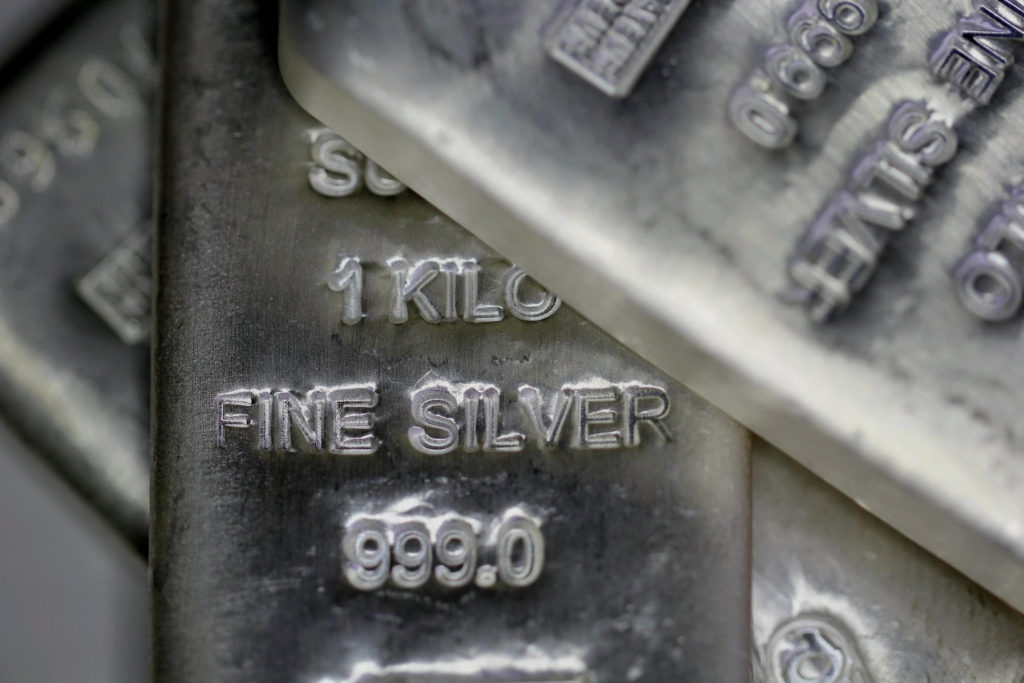
If you were to name any famous investor, and look at their portfolio, you’ll notice that whatever types of assets they own (be it stocks, bonds, real estate etc.) they almost never own silver. Or really any precious metals at all!
To many of them, they view silver as a “dead investment”. To them, silver generates no revenue, and only ever incurs fees upon fees upon fees each year, up until the point where you sell it.
Warren Buffett, arguably the world’s greatest investor, has been asked on several occasions whether or not he has/ever will invest in precious metals like silver. On every occasion, he replies with one word: “No”.
Naturally, the interviewer asks why, and he gives a rather thorough response. According to Buffett, silver is a fiat currency the same way that the US Dollar or Euro or British Pound is.
This is quite weird, especially given that up until things like the Gold Standard were abandoned, physical paper money was backed in precious metals such as gold and silver.
However, Buffett explains that we only perceive gold and silver to have value, there is nothing that gives them “official” value. And after all, he is one of the world’s greatest investors, he probably knows what he’s talking about…
Low Long Term Returns
After talking about the fiat-like nature of precious metals like silver, Buffett will also point that silver (as well as just about every other type of precious metal!) historically has very low long term returns.
To demonstrate this, let’s look at the 20 year returns on your standard investments portfolio (averages at about 10% if properly diversified or done to a “professional” standard).
Looking at this, your returns would be at an astonishing 573% (of example, $1 invested would earn you $5.73!) During the same period, if you’d invested in silver, your investments would only returned you 484%.
For reference, during this period, the cumulative inflation rate was at about 51%. Meaning that you’d have netted 522% in your investments portfolio, or 433% if you’d bought silver.
To some, this may not seem like much. After all, it’s only the difference of a little more than a dollar. But now imagine you’d used $10,000 or $100,000 or even $1 million, that’s an incredibly large difference!
And on top of that, with your investments portfolio, you can reinvest your profits to make even more money, and exponentially increase these amounts, which you can’t necessarily do with silver!
Taxes
Many people on the internet will tell you that silver, and by extension other precious metals as well, don’t have any uses in today’s modern world. And they’re correct, in part.
When most of them say that, they’re often talking about how it’s highly unlikely that silver will ever return as a form of money. However, silver is not completely useless, it simply has more uses now…
Today, silver is found just about everywhere. It’s not just old coins and jewelry that use silver, but also mirrors, batteries, circuit boards, soldering as well as many medical procedures (that actually help to save lives!)
With this, many of the world’s governments view silver as an essential resource. In order to protect that country’s given supply of silver, these governments have levied taxes on the purchase of silver.
Depending on where you live, it may be as low as 5% of the retail value, whilst in other places, it may be as high as 25%! To an investor, this has the very real potential to harm profits in the long term.
This damage could potentially be exacerbated if, whilst you’re holding the silver (in whatever form!), your government chooses to increase the tax on silver. This won’t hurt you initially, but when you come to sell it, it will…
Should You Invest in Silver?
Sadly, there is no right or wrong answer to that question. Whether you should invest in silver or not is purely down to you and your financial situation. Sadly, this is something that is highly personal, and only relates to you.
There are several reasons why you should invest in silver and several reasons why you shouldn’t.
Personally, I have a fairly large investments portfolio, and as such, I have chosen to invest in silver as well as other precious metals such as gold and platinum. But then again, I have a portfolio of real estate and stocks.
My personal take on it, is that if you’re just starting out as an investor, it’s better to get compound interest working first. As such, you should buy quality stocks or real estate and hold it like Warren Buffett does!
Once you’ve got a portfolio worth over $1 million, I would say that it is time to start considering investing in silver. But even then, it should make up only a tiny fraction of your investments portfolio, perhaps 3-5% at most.
But then again, that’s only what I’ve personally done.
Do you invest in silver? Why or why not? Tell me in the comments!

